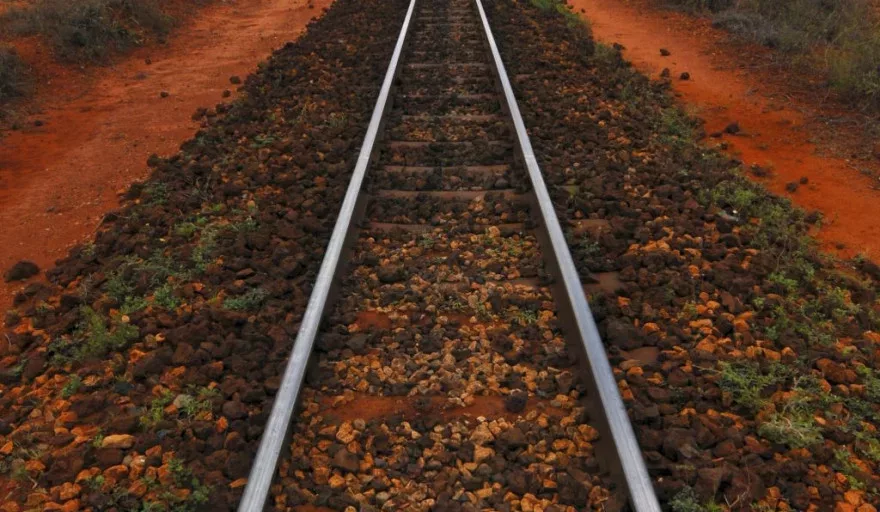$3.8bn railway project will connect the capitals of the East African Community (EAC) trade block to the Kenyan port of Mombasa.
East Africa has commenced a new push for regional economic integration and announced on May 11th a $3.8bn railway project that is to be financed by China’s Exim Bank. The Chinese bank will fund 90 percent of the project while Kenya will contribute the remaining 49 billion KSh ($560m). In addition to providing most of the financing, the principal contractor on the deal will be state-owned construction conglomerate China Communications Construction Company (CCCC).
African economies have long been plagued by a lack of infrastructure, poor transport links and trade barriers. Former UN Secretary General and Ghanaian national Kofi Annan said: “If we can build infrastructure to link up our countries by road and rail, to open up and trade amongst ourselves, then within a decade we can expand trade by $250-$300bn.”
The proposed East African rail lines are due to begin construction in October 2014 and are projected to take 42 months to complete. The railway will generate links between Kenya, South Sudan, Uganda, Rwanda and Burundi. The region’s current railway lines were built on different gauges, making it difficult to build links between them to create an efficient network; therefore the transport ministers of these countries have signed an agreement to develop a standard gauge railway system.
The existing lines are all slow, underutilised and in dire need of upgrades. For instance, Kenya’s main line which runs from Mombasa through Nairobi and into Uganda is a single-track railroad built by the British colonial administration in the early 19th century. Currently, the 300-mile journey from Nairobi to Mombasa takes on average 12 hours for passengers, but sometimes even longer. Thus, the announcement on May 11th comes as a relief to many who use the outdated train network.
On top of this the CCCC maintains that the project will boost employment in the region, estimating that 60 jobs per kilometer of track will be created consequently boosting GDP growth. The CCCC is also building parts of another infrastructure upgrade spearheaded by the Kenyan Government; The Lamu Port South Sudan Ethiopia Transport Corridor (LAPSSET). This $25.5bn infrastructure project aims to build a second deep water port on Kenya’s northern coast, with a network of highway systems, railway lines, an oil refinery and pipeline system running through northern Kenya to South Sudan and Ethiopia. Both projects should be a great benefit to the country’s expanding economy and will help build trade networks for the future.



































